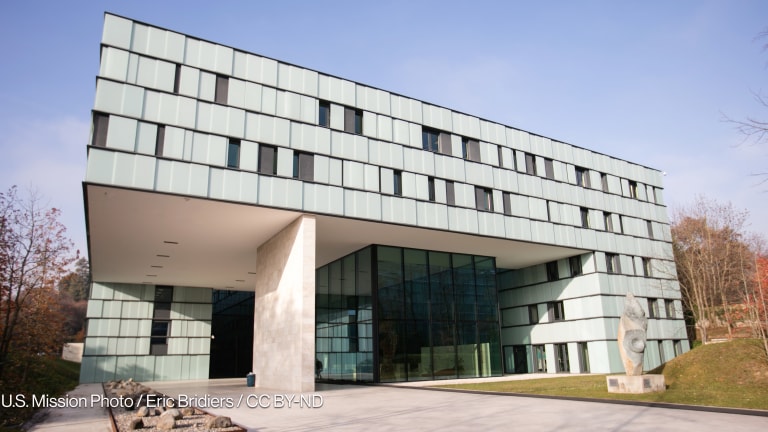
It’s hard to keep track of how many NGOs are operating in Kibera, one of the most densely populated urban slums in the world in Nairobi.
But it’s safe to say there are many, said Salim Mohamed, co-founder of Carolina for Kibera, an organization that supports local leadership through health, education and economic initiatives.
So many campaigns, in fact, that NGOs often step on each other’s toes as they try to mobilize communities to push for change.
It’s a scenario development groups face around the world, not just in Kenya. And often one false move by one group can jeopardize the progress another organization has made after years of careful community engagement.
Well-meaning international aid groups eager to showcase results to their donors are particularly prone to such missteps, several local NGO leaders in Nairobi told Devex in recent conversations.
Sponsored attendance
Successful community-building initiatives show people that they can organize themselves, set up meetings, track attendance and take responsibility for the success of their mission, Mohamed said.
But when another organization comes in and encourages community members to attend events or meetings with a “sitting allowance” — in Nairobi, often around 200 shillings ($2.35) — suddenly non-paying groups become less popular with the communities.
Kibera has a history of international NGOs setting up shop and, without communicating much with local peers, adopting practices that may be detrimental to those who have already been working there, Mohamed suggested.
“It depends what you want participants to get out of it,” explained Kevin Oiugi, community manager at Pawa 254, a Nairobi-based social enterprise that engages artists from different fields to foster social change. “Offering an allowance means they will come for the money and it won’t change much else for them.”
Unpaid engagement possible
For many of its initiatives, Pawa tends to engage respected community members who are passionate about community service and can mobilize between 10 and 20 others to attend a meeting or join a protest, said Oiugi. To facilitate conversations about the 2007 post-election violence, the organization shows testimonials at video dens in Nairobi slums where young and old gathered to watch football games.
The screenings take place right before popular English Premier League matches and allow time for discussion before the match begins — and those discussions proved unusually candid and eye-opening to many attendees without any monetary incentive.
“You can either attract a lot of people with very little buy-in about what’s happening with allowances, or you can use other creative measures to attract smaller groups who find relevance and value in what you’re doing,” said Sasha Kinney, a grassroots political organizer and freelance consultant for Pawa.
International development organizations — and the communities they mean to serve — can benefit from engaging local groups in frank discussions, noted Mohamed. Otherwise, even well-meaning foreign aid groups professing to “go local” by ramping up local hiring and partnership may disrupt community engagement initiatives at the grassroots.
Have you encountered a case of botched — or successful — community engagement? Let us know by leaving a comment below.








